
How to bleed a radiator?
Content
| If the radiator is cold at the top but warm at the bottom when the system has been running for a while, it probably means there is air in it. Bleeding the radiator will remove air and restore the radiator to proper working order. | |
 | Step 1 - Set TRV to High. . .First, make sure the manual or thermostatic radiator valve (TRV) in one of the bottom corners of the radiator is turned all the way. This does not require a key: the valve head is turned by hand. |
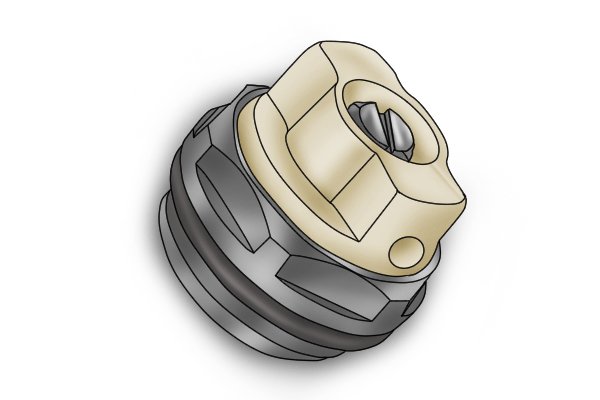 | Step 2. . . Or open the manual valveIf there is no TRV, a manual valve must be provided. To fully open it, the manual valve is simply turned counterclockwise by hand until it stops. |
 | Step 3 - Start the systemTurn on the central heating system for ten minutes, then turn it off. |
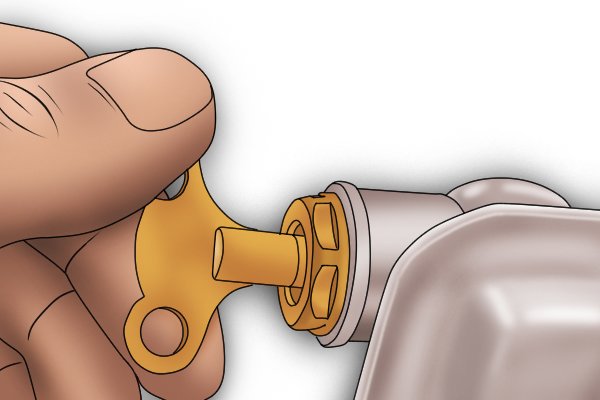 | Step 4 - Find the ventYou will find an air vent in one of the top two corners of the radiator. It can be recognized by the square head vent screw in the middle of the vent plug. In some cases, the vent screw is installed in what looks like a plastic insert in the vent plug. The end of the bleeder screw may also have a slot for a screwdriver, but it's usually easier to use a wrench that doesn't slip off as easily. |
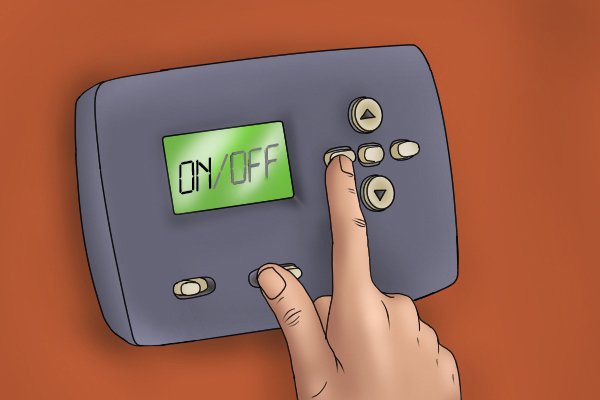 | Step 5 - Find the old fabricMake sure you have an old rag or rag with you to catch the small splashes of water you get at the critical stage of the operation. |
 | Step 6 - Install and turn the bleed keyPlace the bleed key on the bleed screw and turn counterclockwise. If the valve is tight or too tight, a little pressure may be needed. Hold the rag with your other hand directly under the outlet valve. After a short turn of the key, you will hear air escaping from the valve. |
 | Step 7 - A little splatterWhen the water begins to flow freely, all the air will be released. |
 | Step 8 - Tighten the bleed screw againQuickly re-tighten the bleed screw, tightening just enough, but not so hard as to damage the bleed screw. If the corners of the bleed screw wear out, it will not be able to turn and will need to be replaced. |
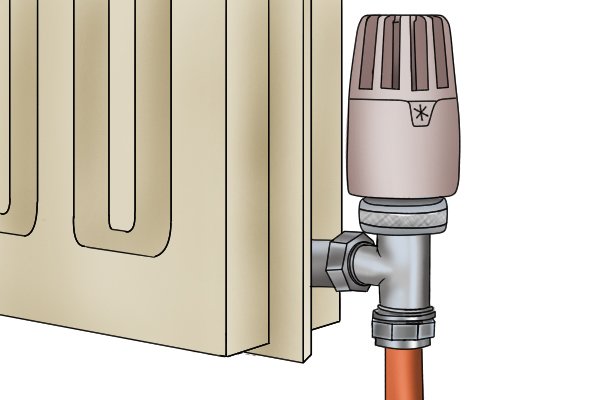 | Step 9 - Re-adjust TRVTurn your TRV or manual valve back to the desired setting. |
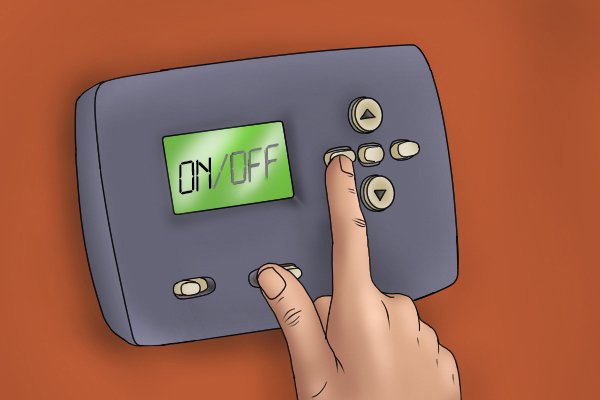 | Step 10 - Turn the system back onSwitch on the central heating system again. You should now find that the radiator is getting hot all over the place. |

